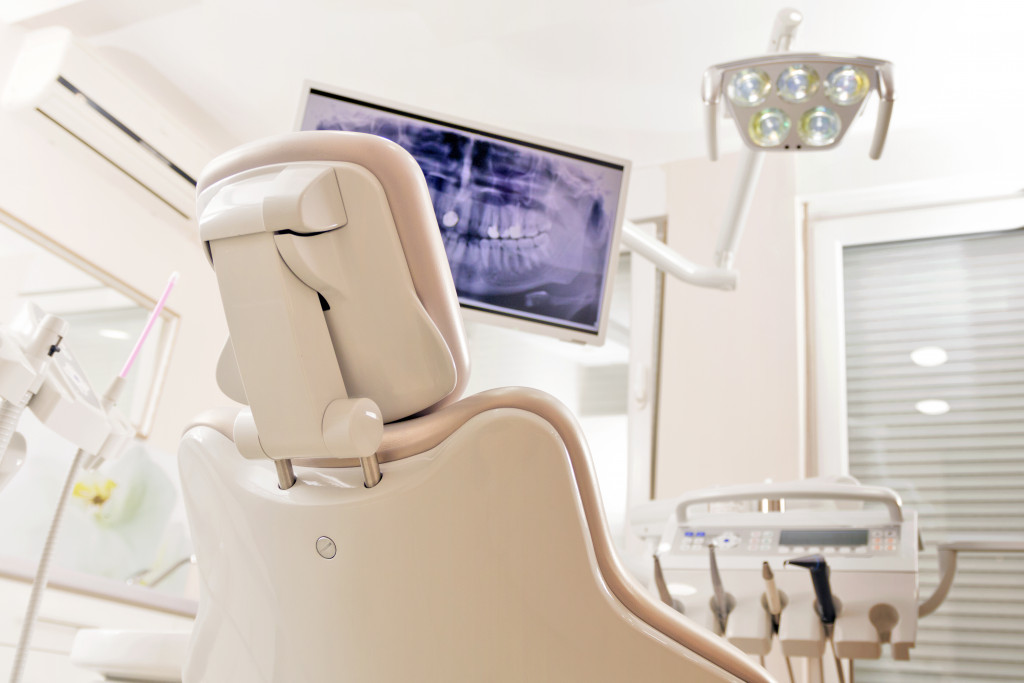Businesses don’t just acquire equipment out of a whim or to gain more prestige alone. It takes thorough financial analysis and forecasting that a big acquisition will break even within half of its economic life at least and bring forth excellent profits at most. Equipment, for any establishment, forms an indispensable part of daily operations with the efficiency it offers and could even play a big role in an organization’s strategy especially when resources are strained.
Just as true is the importance of equipment in hospitals. Whether it’s a diagnostic or a surgical device, these pieces of equipment don’t only keep the hospital running round-the-clock but also saves lives. And, because they are operated for lengthy periods just as human hospital personnel perform their specific duties, their condition could deteriorate over time.
This is when equipment maintenance comes into the picture. It’s not merely repairing defective parts, but also ensuring minimal to zero downtimes to optimize utilization and, in turn, avoid financial losses. And, more importantly, equipment that performs with no-fail ensures the best clinical outcomes and reduces medication and procedural errors they were invented to tackle.
Last year until now, medical facilities have had to grapple with an alarming health crisis and hospitals have never been in such full capacities. Apart from mechanical ventilators, equipment was stretched beyond their ideal daily wear and tear. No one was fully prepared for such a surge that would require more frequent checkups and maintenance of the equipment.
Truly, there’s so much to learn from the past year’s experiences. That includes the realization that, over costly repairs and troubleshooting, maintenance can only be so important in healthcare, more so enjoining everyone’s efforts in efficiently following a maintenance schedule and not merely reporting any detected error when it has already happened. As a first step, healthcare teams can learn of the different types of equipment maintenance:
Preventive Maintenance
Usually written as a provision in equipment contracts, preventive maintenance is done mainly to anticipate breakdowns, and so is done to spot potential sources of failure and prevent premature damage. Preventive maintenance is performed regularly either according to a fixed schedule or another measurement unit of its use, the number of hours it was operational for example. The servicing engineer or personnel is responsible for updating the equipment’s file or the sticker pasted on the unit for dates when works were done to inform end-users of its regular maintenance.
Overall, adhering to preventive maintenance schedules help a facility maintain its level of care. A unit lacking adequate re-calibration, a simple stethoscope, or a blood pressure monitor, for example, may not provide the correct vital signs to the end-user, hence, inaccurate diagnoses and medication prescription.
Corrective Maintenance

On the other hand, corrective maintenance pertains to work necessitated by machine downtimes, usually unexpected ones. The unplanned nature of this job type often incurs a financial impact such that downtimes result in usage and, consequently, profit opportunities loss and unbudgeted expenses. What this means for end-users is utmost care for equipment to avoid having to resort to this band-aid solution.
Design-Out Maintenance
A facility may opt for design-out maintenance when they deem their operations to still be not operating at their optimum levels and usually upon the realization that it is due to poor equipment design. This type of job improves the equipment’s build so it is more efficient and reliable for the long haul. Unlike the previous two types, this could take more time as it involves a thorough examination to ensure the custom design meets the healthcare team’s specific needs.
A perfect example of this is integrating additional accessories to big hospital equipment to cater to procedures that have been frequently performed lately. For example, the capacity of innovative C-Arm machines could be expanded through the installation of a bigger central processing unit and backed by an uninterruptible power supply that could run for longer periods amid power outages to ensure that captured images aren’t lost.
The longevity of hospital equipment lies not only in sticking to maintenance schedules but more so in the way these are handled when operated. Facilities can improve their maintenance programs by developing a monitoring dashboard for every piece of equipment in-house and all its records, better if a risk map on commonly damaged parts and complaints is developed from the amassed data.
Advance prompts for upcoming service schedules could be activated to inform all levels in the operation, therefore, increasing everyone’s efficiency. Likewise, prompts for approaching ends of life can also be activated to enable immediate procurement of replacements.




